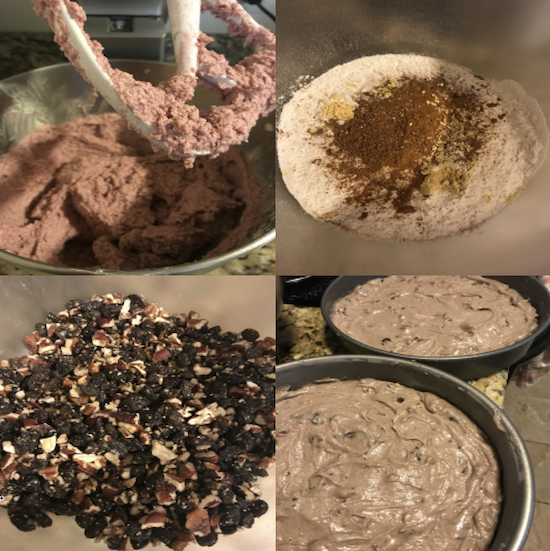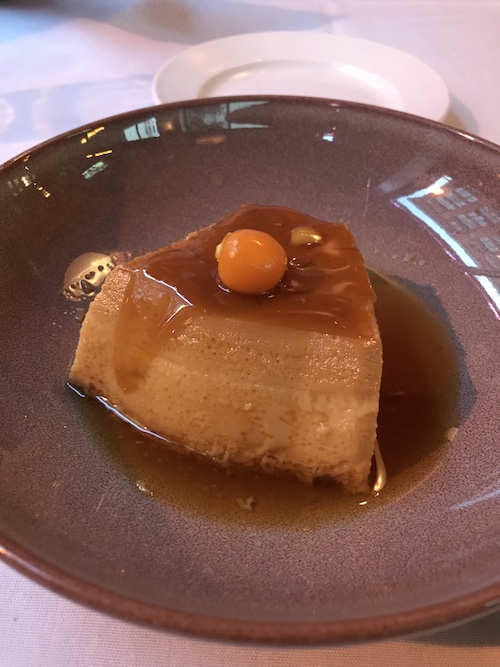Time Period: 1963-1979
Whatever your opinion on what Alice Waters' ethos has brought to the world of food, there's no denying that she's an influential force in the recipes that flowed out of California in this time period. Her pastry chef, Lindsey Shere, was a rancher with an Italian heritage who baked the restaurant's desserts in a back cottage. I'm not sure how symbolic of America as a whole this adapted recipe of Shere's is, but I'm always happy to see an almond cake come my way. The recipe calls for almond paste, which I generally taste in those (non-fortune) cookies served at Chinese restaurants. None of the stores around me carried it, but it was easy enough to order.
Though I love my stand mixer, I'm secretly delighted every time I see a recipe that calls for the mixture to be made in a food processor, because I know I'm about to save all sorts of time and dish washing. I was able to throw the batter together one morning, and by the time some friends stopped by to play board games, it was baked and cooling. When I served it at dinner that night, it had a wonderful moistness in the center while still keeping that tasty crust on the outside. I can see why this torte was a hit back in the day, and it'll be joining modernity as well, because this one is definitely going into the recipe rotation.
Read more »
Whatever your opinion on what Alice Waters' ethos has brought to the world of food, there's no denying that she's an influential force in the recipes that flowed out of California in this time period. Her pastry chef, Lindsey Shere, was a rancher with an Italian heritage who baked the restaurant's desserts in a back cottage. I'm not sure how symbolic of America as a whole this adapted recipe of Shere's is, but I'm always happy to see an almond cake come my way. The recipe calls for almond paste, which I generally taste in those (non-fortune) cookies served at Chinese restaurants. None of the stores around me carried it, but it was easy enough to order.
Though I love my stand mixer, I'm secretly delighted every time I see a recipe that calls for the mixture to be made in a food processor, because I know I'm about to save all sorts of time and dish washing. I was able to throw the batter together one morning, and by the time some friends stopped by to play board games, it was baked and cooling. When I served it at dinner that night, it had a wonderful moistness in the center while still keeping that tasty crust on the outside. I can see why this torte was a hit back in the day, and it'll be joining modernity as well, because this one is definitely going into the recipe rotation.


























